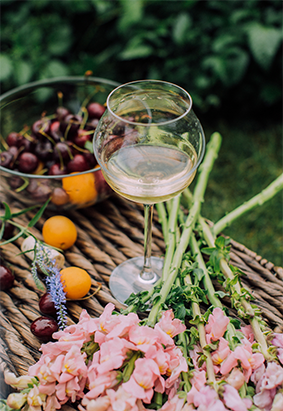
Les Terres de l’Ebre (Ebro Lands) area located in the province of Tarragona, in the autonomous community of Catalonia, Spain. Agriculture is a fundamental part of the economy of this region, and is characterized by a great diversity of crops and a unique natural environment due to its proximity to the Ebro Delta, the important Ports Tortosa-Beseit natural park and wetland area, being rich in climate and different types of terrain.
In addition to agriculture, fishing also plays a relevant role in the economy of Terres de l’Ebre, thanks to its location next to the Mediterranean Sea and the Ebro Delta, which provides an environment rich in marine life, tourism in a exponential value in Terres de l’Ebre, including coastal and inland tourism, gastronomy, wine tourism, mountaineering, hiking, water sports…
Agriculture in the Terres de l’Ebre is an essential part of the region’s identity and economy, and is carried out in accordance with sustainable practices that are respectful of the natural environment. The diversity of crops and the influence of Mediterranean culture make this region an important place in food production in Catalonia and in Spain in general.
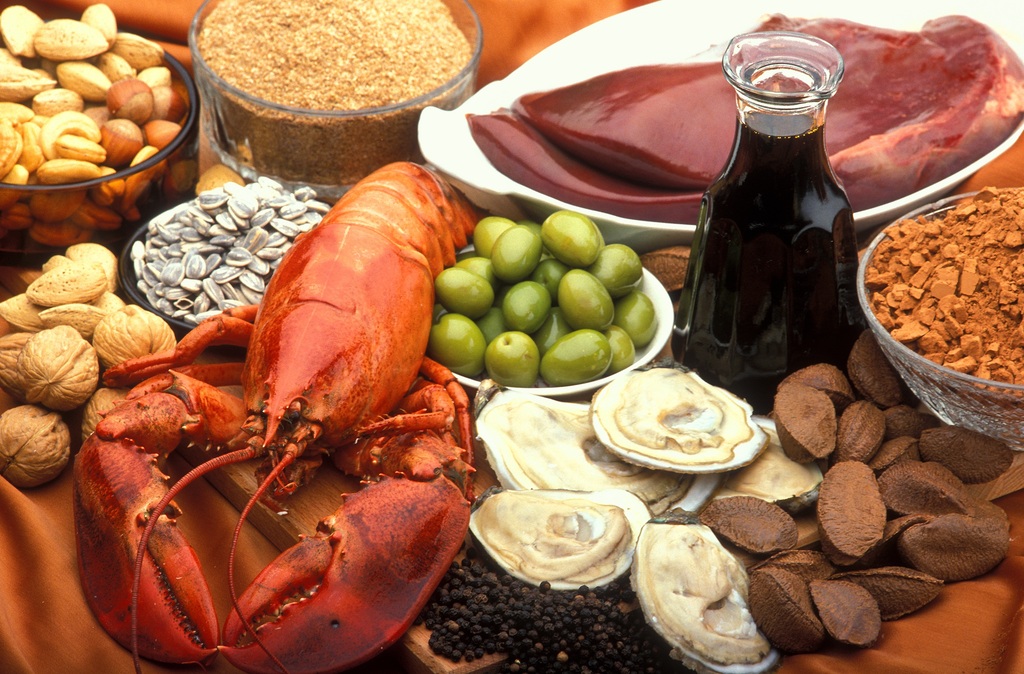
Las Terres de l’Ebre is a region rich in agricultural tradition. In this extensive article, we will explore in depth the fundamental role that the vine plays in the agriculture of this area, as well as its impact on the local economy and culture. From the history of viticulture in the Terres de l’Ebre to the different types of grapes grown, the cultivation methods and the wineries that produce exceptional wines, this region is a true treasure in the world of wine.
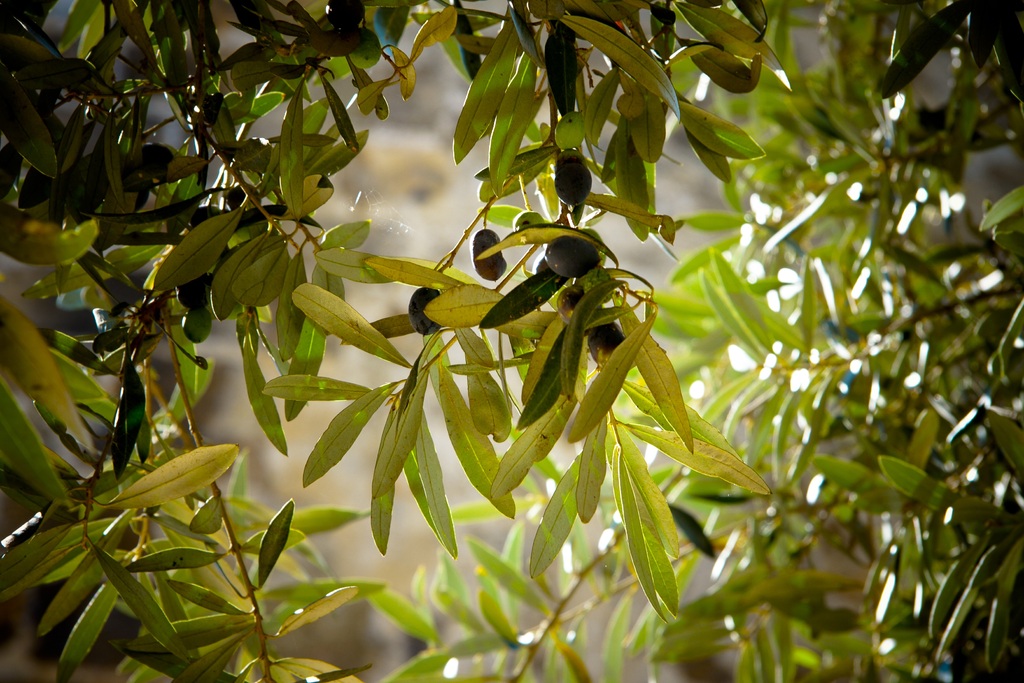
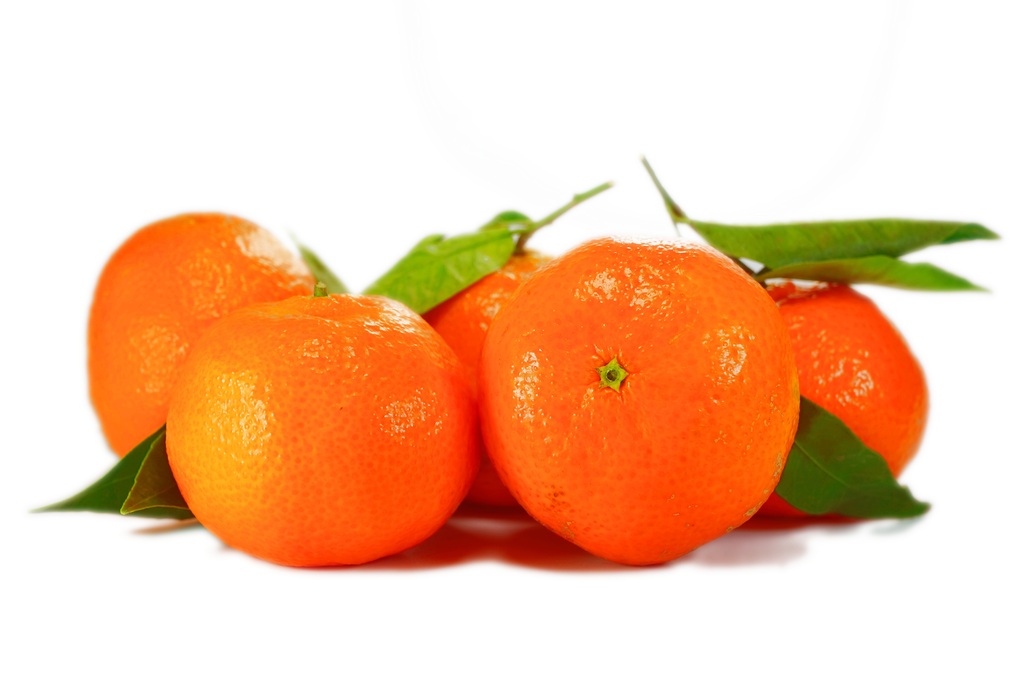
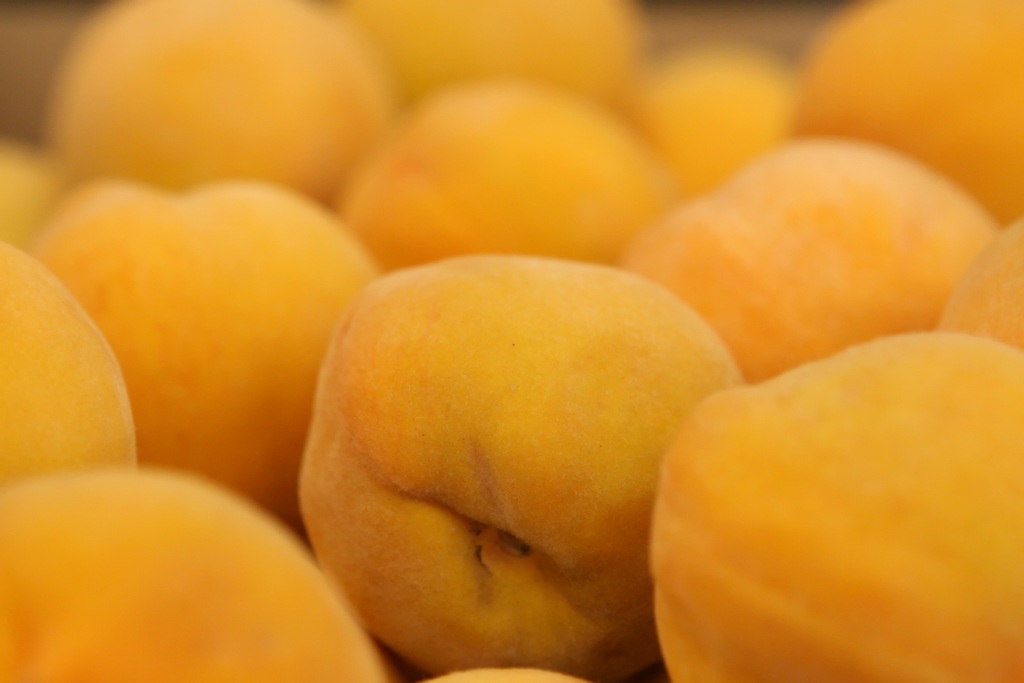
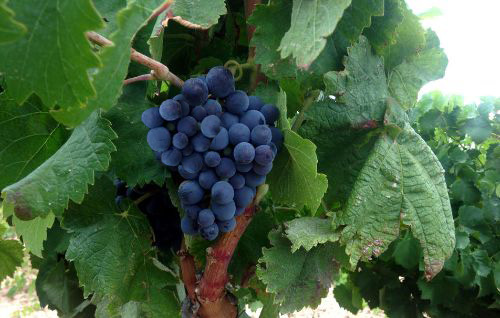
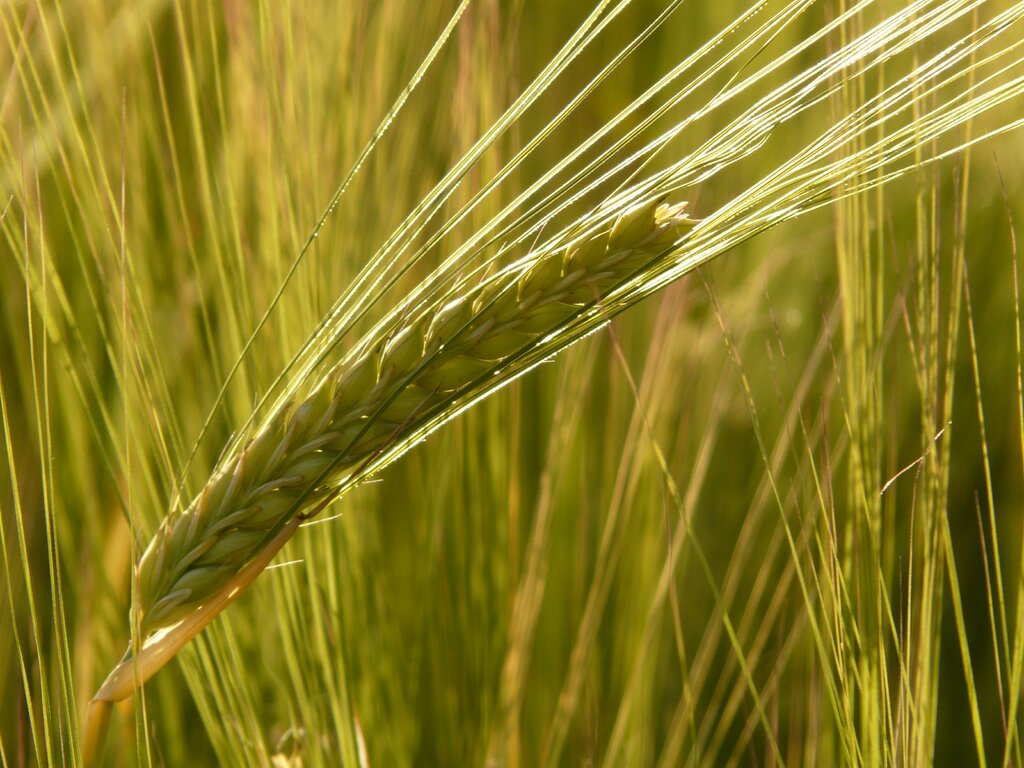
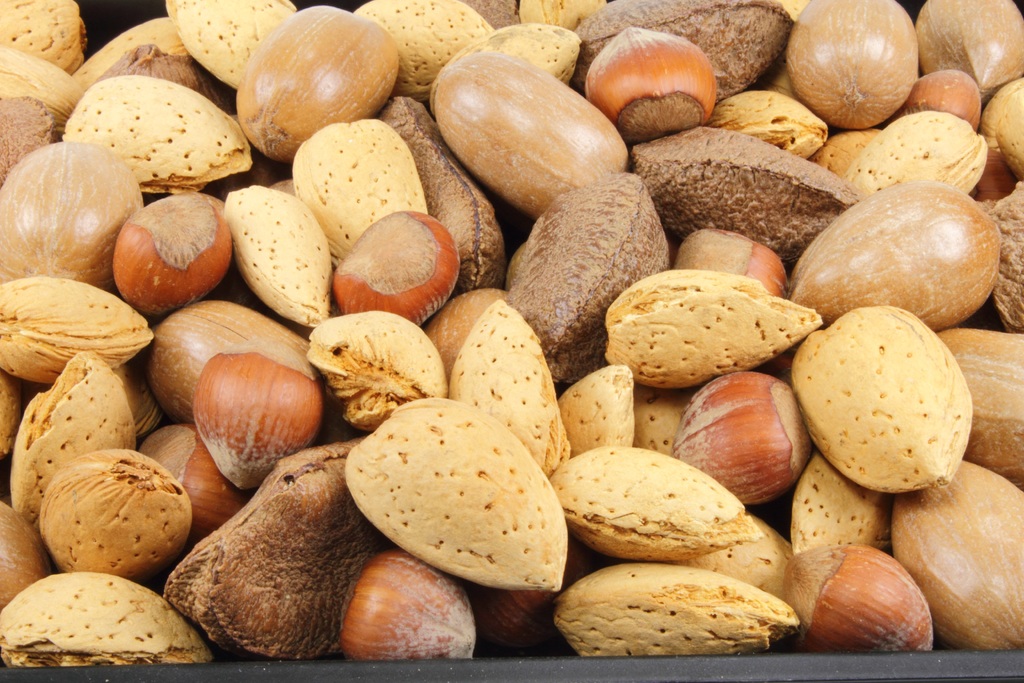
Some of the most notable crops in Terres de l’Ebre include:
Rice: The region is famous for its rice production, which is grown in the rice fields of the Ebro Delta. Rice from Terres de l’Ebre is highly appreciated and is used in the preparation of traditional dishes such as paella.
Citrus fruits: Citrus fruits, such as oranges and tangerines, are another important crop in the area. The Mediterranean climate is conducive to its growth, and these fruits are exported to different markets.
Fruits and vegetables: The region also produces a wide variety of fruits and vegetables, such as pears, apples, peaches, tomatoes and artichokes, among others.
Olive trees and olives: The production of olive oil is an important part of the agriculture of Terres de l’Ebre, with olive groves that extend throughout the region.
Almond trees: Almond trees are a traditional crop in the region and produce almonds that are used in baking and in the production of regional products.
Wines: The history of viticulture in Terres de l’Ebre goes back centuries. Although there are no precise records of when vine cultivation began in this region, it is believed that already when the Phoenicians were trading wine from these lands, with the Romans being the historical references of wine consumption and marketing, it is known that the wine tradition It has deep roots in local culture. Vineyards have become an integral part of the geography and economy of this Mediterranean area.
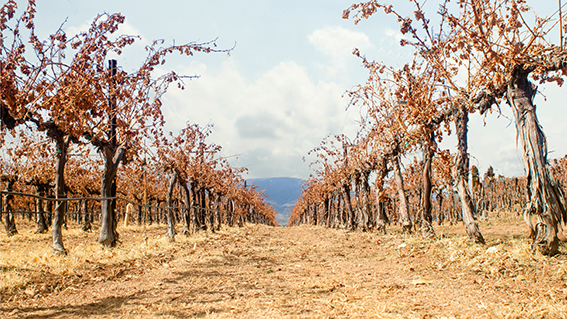
The warm, sunny climate, together with its proximity to the Mediterranean Sea, provides ideal conditions for growing high-quality grapes. The combination of varied soils and a deep-rooted winemaking tradition has contributed to the reputation of Terres de l’Ebre (Terra Alta) as an exceptional wine region.
In the Terres de l’Ebre, a variety of strains are grown that produce high-quality grapes, each with its own unique characteristics and flavor profiles. Some of the most notable grape varieties include:
- Grenache (Grenache): Grenache is one of the most cultivated strains in the region. This red or white grape is characterized by its versatility and is used in the production of red and rosé white wines. Grenache wines are usually fruity and pleasant to the palate.
- Cariñena (Carignan): Cariñena is another important red variety in Terres de l’Ebre. It adds structure and complexity to red wines, with flavors that can include notes of black fruits and spices.
- Macabeo: Macabeo is a white grape that is used in the production of white wines and cavas. This strain provides freshness and acidity to wines, with citrus and floral flavors.
- Chardonnay: Although less common than local varieties, Chardonnay is also grown in the region and used for the production of elegant, dry white wines.
- Muscat (Muscat): The Muscat grape, known locally as Moscatel, is used in the production of sweet and aromatic wines. These wines often exhibit intense floral and fruit notes. Also to combine with other varieties.
- Cabernet Sauvignon: Another less common but notable white variety in the region is Cabernet, which is used in the production of fragrant and expressive white wines.
- Syrah: the flavor that the Syrah grape provides to its wines is perceived as slightly acidic, tannic, with a high alcohol content and plenty of body, it is always of excellent quality.
These grape varieties, along with other local and foreign strains, contribute to the diversity of wines produced in Terres de l’Ebre.
Vine cultivation in Terres de l’Ebre is based on traditional and sustainable techniques. Winegrowers in the region have adapted their growing methods over the years to make the most of natural conditions and obtain high-quality grapes. Some of the common practices include:
- Land Selection: The choice of land is essential for the cultivation of vines. The soils of Terres de l’Ebre vary from clay to calcareous, and each type of soil influences the character of the grapes. Vintners carefully select vineyard locations to ensure they fit the grape varieties they wish to grow.
- Controlled Irrigation: Given the Mediterranean climate, irrigation is an essential part of vine cultivation in the region in some areas. Irrigation systems are used to control water supply efficiently and ensure plants receive the proper amount of moisture at key times in the growth cycle.
- Manual Pruning and Harvesting: Manual pruning and harvesting are common practices in Terres de l’Ebre. Pruning is done with precision to control the growth of the vines and maximize the quality of the grapes. Manual harvesting allows winegrowers to select grapes at their optimal point of maturity.
- Fermentation and Aging: Wineries in the region use both modern and traditional techniques in the fermentation and aging of wines. Some wines are made in stainless steel tanks, while others are aged in oak barrels to develop more complex flavors and aromas.
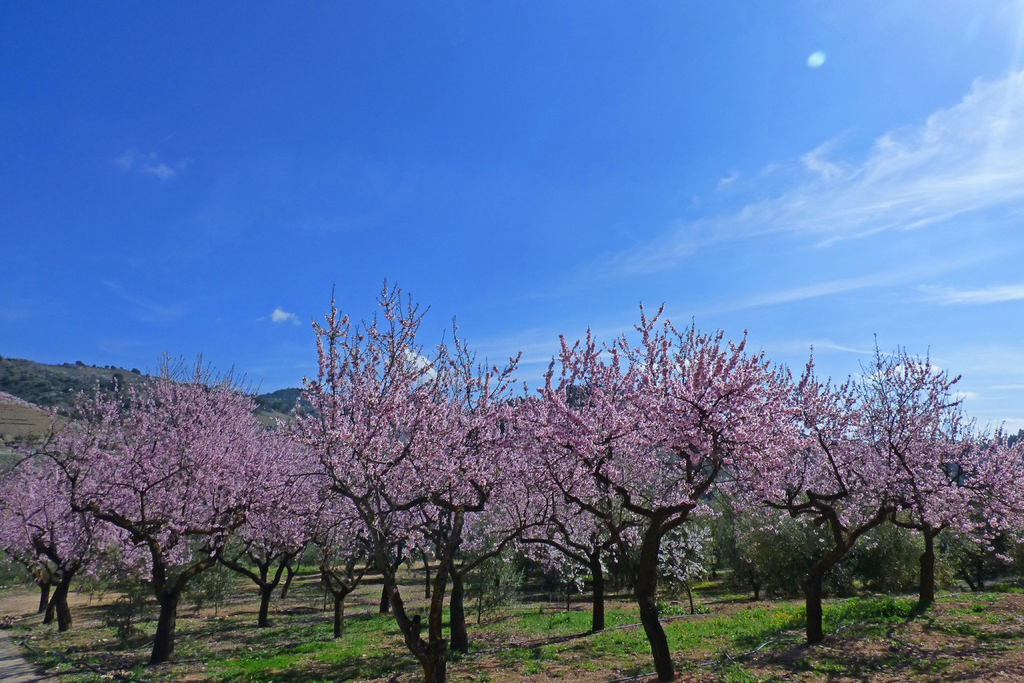

Viticulture in Terres de l’Ebre has a significant economic impact on the region. Wine production is a major source of employment, from vineyard workers to winery employees and local stores that sell these products. Additionally, wine tourism has seen a notable increase, as visitors flock to the region to taste wines, visit wineries and experience local wine culture.
Viticulture also plays a prominent role in the culture of Terres de l’Ebre. Holidays and festivals linked to wine are a fundamental part of life in the region. The Gandesa Wine Festival, for example, is an annual event that celebrates wine culture and attracts numerous visitors.
In addition, local gastronomy is enriched thanks to viticulture. The region’s wines are paired with traditional dishes such as paella, black rice and fresh Mediterranean fish and seafood, rabbit and lamb…creating delicious combinations that reflect the culinary identity of the Terres de l’Ebre.
Despite the long winemaking tradition of the Terres de l’Ebre, the wine industry faces challenges and opportunities in the future. One of the challenges is climate variability, which can affect grape production. Winegrowers are adopting adaptation practices to mitigate the effects of climate change.
On the other hand, the opportunities are numerous. The growing demand for quality wines, the rise of wine tourism and the possibility of diversifying the wine supply with new varieties and styles represent great potential for the region.
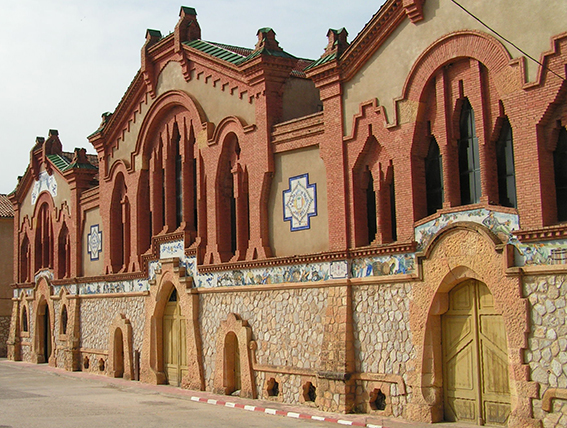
Featured Wineries in Terres de l’Ebre
The Terres de l’Ebre region is home to a number of notable wineries that have contributed significantly to the area’s wine reputation with the Terra Alta Designation of Origin. Some of the most notable wineries:
- Pinell de Brai Cooperative Winery, named as the Cathedral of Wine: 1928-1922 construction of the cooperative winery the Cathedral of Pinell de Brai Winery, is a modernist work built by the architect Cèsar Martinell, a disciple of Gaudí. The ceramic frieze on the façade stands out, the work of Xavier Nogués. The tiles represent several scenes of the grape harvest, wine presses, oil and catavinos, as well as several allegories that are completed with a scene of drunken hunters, with arches made of ceramic billets and stone. On the façade, as in most modernist style wineries, stone is combined with batter and exposed brick. The interior stands out for the exceptional structure of elliptical diaphragm arches.
- Bodega 100-Pinell de Brai Wines: Here you can find some of the best wines from Terra Alta.
- Gandesa Cooperative Winery: This cooperative is one of the oldest in the region. It produces a wide variety of wines, including reds, whites and rosés. The roof of its modernist building is an architectural reference point in the city of Gandesa.
- Laureano Serres Montagut Winery: It produces natural wines in its winery located in the small Catalan municipality of El Pinell de Brai, in Tarragona -Catalonia – Spain. It is one of the great producers of natural wines within the Spanish territory, its purpose is to maintain the characteristics of the grape in the purest state possible, adapted to a particular terrain and climate, that of Terra Alta, a firm defender of the production of wines with minimal human intervention, with native yeasts and without added sulfites.
- Batea Cooperative Winery: This winery, located in the town of Batea, is dedicated to the production of wines and has the largest wine production in Terra Alta.
- Caterra : High quality wines in La Pobla de Massaluca .
- Other DO Terra Alta wineries:
- CORBERA D’EBRE AGRICULTURAL
- AGRICULTURAL SANT ISIDRE
- ALTAVINS VITICULTORS
- ANTONIO VALLESPÍ GUARI
- ANTONIO VILANOVA VALEN
- BATEVINS
- BERNAVI
- CORTIELLA WINERY
- PEDRO MASANA WINERY
- PINORD WINERY
- CELLER MARIOL
- CELLER ALIMARA
- CELLER ARRUFÍ
- CELLER CAL MENESCAL
- CELLER COMA D’EN BONET
- CELLER FRISACH
- CELLER GERMANS BALART
- CELLER PIÑOL
- CELLER RIALLA
- CELLER TERRA I VINS
- CELLER XAVIER CLUA
- CELLERS BARONIA
- CELLERS TARRONÉ
- CELLERS UNITED
- CODORNIU
- COFAMA VINS I CAVES
- COVILALBA
- ECOVITRES
- GANDESA AGRÀRIA SCHOOL
- EXPLORUSTIC
- JAUME SERRA
- JORDI MIRÓ DIEGO
- THE GANDESA WINERY
- LAFOU CELLER
- LES VINYES DEL CONVENT
- MIGUEL TORRES
- HYBERA PAYMENTS
- RAMON ANDREU MUÑOZ
- RONADELLES
- SANT JOSEP VINS
- SERRA DE CAVALLS
- SERRA I BARCELÓ
- TOPIL TARRACO
- VINS DEL TROS
- VINS I OLIS ROSENDO ESTEVE MEIX
- VINS MAIJO
- TRIDADO VINEYARD
- VITICULTORS BATEANS

